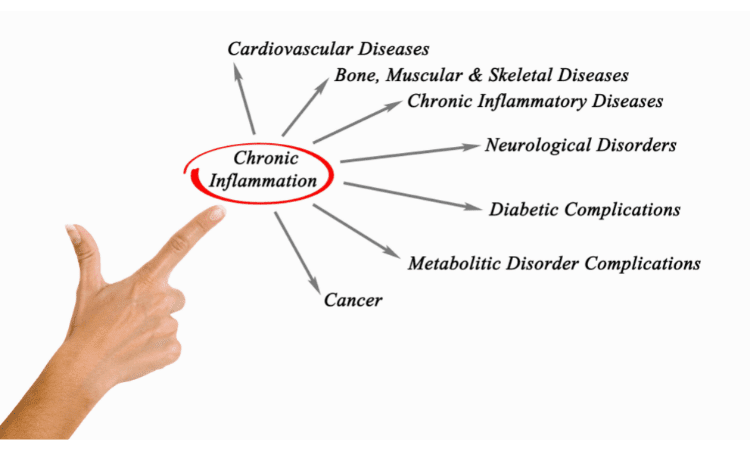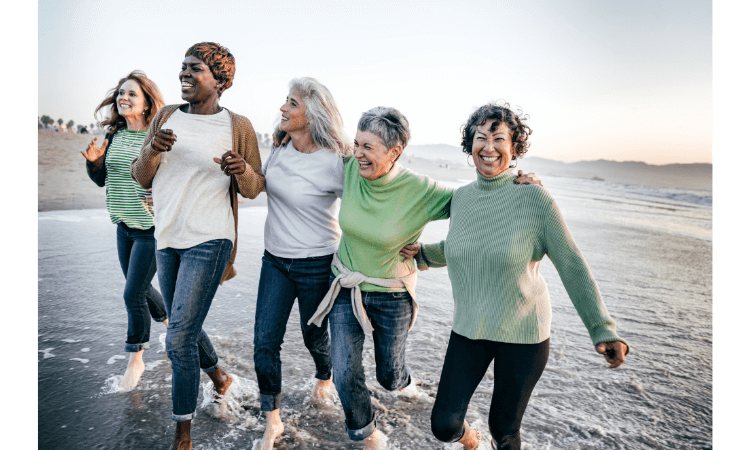
While short-term motivation is important when it comes to fitness, I like to think about the longterm benefits of any workout schedule. After all, there’s a reason why we have the saying “no pain, no gain.” Even if it’s not always fun at the moment, exercise can make you feel great in the long run!
Physical exercise is great and has lots of health benefits. Exercise is a way to improve your life and feel better. And while you may dread working out at first, once it becomes part of your regular routine it can be fun!
Control weight.

Exercise is an effective way to control your weight. You may lose weight by increasing the number of calories you burn by working out, or you may lose fat by changing the way your body uses food for energy.
Exercise can also help maintain your current weight and avoid gaining more weight. This benefit is especially important for those who are trying to lose large amounts of weight or keep off large amounts of weight that they have lost.
Reduce the risk of cardiovascular disease, type 2 diabetes, metabolic syndrome, and some cancers.

Studies show that regular work out can lower the risk of cardiovascular disease by as much as 30%. Regular exercise is also known to reduce blood pressure in those with hypertension.
The evidence is clear: if you are healthy, then moderate physical activity will improve your health further still. It’s important to note that this does not mean that people with existing health problems or disabilities should avoid working out altogether – rather it means that careful attention should be paid when starting any new physical activity program so that any potential risks can be identified and managed appropriately.
Strengthen bones and muscles.

The benefits of exercise include strengthening bones and muscles.
Exercise can help you build and maintain muscle mass, which is essential for keeping bones strong. Aerobic activity also helps increase strength by increasing the size of muscle fibers, as well as improving coordination and balance. As we get older, our muscles start to lose some of their strength due to loss of muscle mass (sarcopenia), making it harder for us to perform daily tasks that require physical exertion. This can lead to falls or other injuries if you don’t take steps to stay active throughout your life. By working out regularly now, you can reduce your risk of osteoporosis and other bone diseases later in life when these symptoms become more common among seniors who aren’t able-bodied anymore due to being inactive during all those years!
Read Also: 5 Best Benefits of clam exercise
Improve mental health and mood.

Exercise can help improve self-esteem, confidence, and mood. It may not sound like it, but exercise has been shown to be a powerful tool for reducing stress and anxiety. It can also help improve sleep quality.
When you’re stressed out or anxious (or depressed), it’s easy to feel like you need more sleep just to get through the day, but poor sleep quality only makes these feelings worse. Exercise helps reduce insomnia by increasing energy levels so that people feel less tired throughout the day–which is important because good sleep hygiene is vital for treating depression.
Improve your ability to do daily activities and prevent falls.

One of the most important benefits of working out is that it can help you maintain your balance and improve your ability to perform daily activities. If you’re elderly or have a condition like arthritis, exercise helps reduce joint pain and stiffness which can make simple tasks difficult. The Mayo Clinic recommends doing strength training exercises for 5-10 minutes every day to prevent falls in older adults. Strength training includes workouts like push-ups, planks, and squats.
To improve your balance, try standing on one leg for at least 30 seconds at a time. If this proves too difficult at first, use a wall for support until you get stronger. As soon as possible (and only when it’s safe), begin trying this with two legs instead of one foot against the wall; once again, remember to use caution when attempting this advanced version of this workout!
Exercise can help skin health

Exercise can help improve the appearance of your skin.
- Exercise can help reduce the appearance of cellulite.
- Exercise can reduce the appearance of wrinkles.
- Exercise can reduce the appearance of spider veins and varicose veins, as well as make them less visible than they already are.
Exercise can reduce pain

Exercise is a great way to manage pain. Exercise may help you sleep better, resulting in fewer aches and pains while you’re awake. It may also help you feel happier, less anxious, and more energetic—all of which can reduce the number of times that you experience pain during the day.
Exercise can promote a better sex life

Exercise can also improve your sex life. A lot of people have a distorted view of what constitutes a good body, and this can lead to low self-esteem, which ultimately impacts their relationships. Working out can help you feel more confident about yourself and what you look like. In the long-term, this can lead to an improved sex life because you’ll be more comfortable with your body and with being intimate with others. Additionally, exercise helps release endorphins into the brain—the same chemical responsible for feelings of happiness—so that you have a more positive outlook on life and are better able to handle stressors in relationships. This results in better communication skills as well as stronger bonds between partners because they’re able to communicate openly without having anxiety about anything else that might be going on in their lives at the moment (such as work).
Increase your chances of living longer and happier

It’s no secret that exercise can help you live longer, but did you know it can also increase your chances of living a happier and healthier life?
- Exercise can reduce the risk of early death by up to 30%. According to research published in the Journal of American Medical Association, people who exercise regularly have a lower risk of death from all causes compared with those who don’t. And even if you’re already in good shape, more activity has benefits: Those who increased their physical activity from sedentary to low-intensity exercise (like walking) reduced their mortality risk by 22%, while moderate-intensity exercisers lowered theirs by 14%.
- Exercising regularly helps prevent chronic diseases like heart disease, diabetes, stroke, and cancer. Research shows that regular exercise reduces these diseases’ risk factors—such as high blood pressure and poor cholesterol levels—which lowers an individual’s instance of developing them. It also strengthens bones and muscles so they’re less likely to break down due to age or injury during everyday life activities like walking up stairs or lifting groceries at home; this protects older adults from osteoporosis (thinning bones that become brittle over time).
Conclusion
The benefit of regular exercise can’t be understated. It is not only good for our physical health, but also for our emotional well-being and cognitive functions. There are a variety of exercises you can do to stay fit, so find one that works for you!
Aslo Read : – Habits of a Healthy Brain











